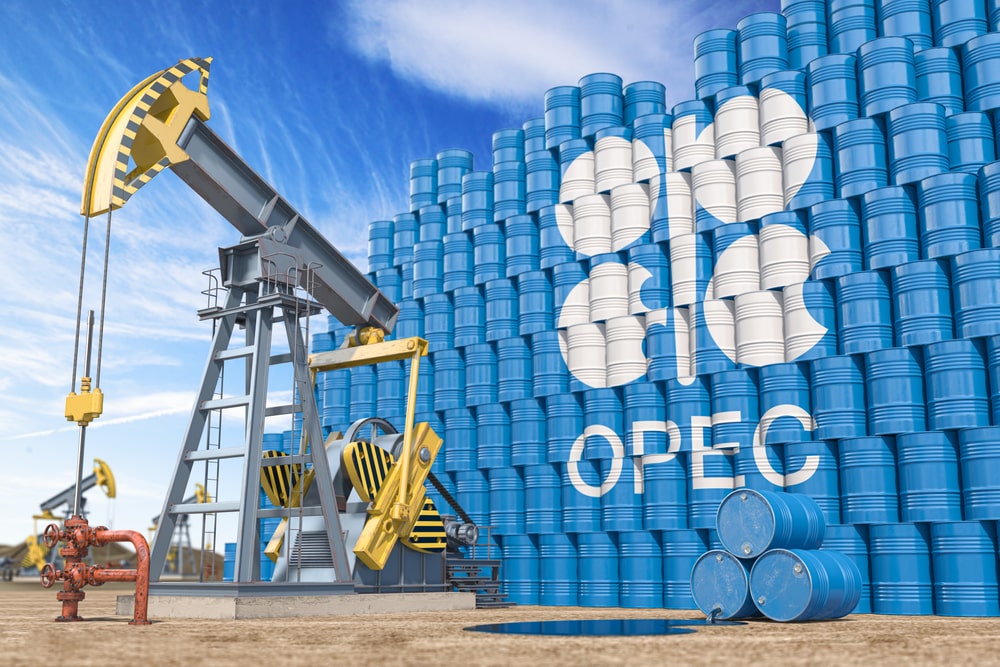In the complex web of global geopolitics and energy dynamics, the pulse of the global economy often resonates with oil-related events in the Middle East, a region known for its vast oil reserves. Recently, concerns about oil supply disruptions in the Middle East have sent shockwaves through the global oil market, sending prices soaring and impacting oil trade participants. This article delves into recent events and their impact on oil prices, exploring the complex balance between politics, conflict and an ever-powerful commodity – oil.
Escalating tensions and supply disruptions
Local protests in Libya led to the complete cessation of production at the Sharara oil field, a major player capable of producing up to 300,000 barrels per day. This disruption adds another layer of complexity to an already volatile oil market, impacting oil purchasing decisions and oil rig operations in the region, with the Sharara oil field becoming a frequent target of local and broader political protests.
At the same time, events following the commemoration of Qassem Soleimani led to heightened tensions. Nearly 100 people died in explosions during the event, prompting Iranian officials to blame “terrorists” and vow revenge. However, the failure to claim responsibility leaves a cloud of uncertainty over the situation. On the other hand, the war between Israel and Gaza and the killing of the deputy leader of Hamas are adding more fuel to the fire, which contributes to the escalation of fears surrounding oil in the Middle East.
Geostrategic complexities and concerns of the Red Sea
Yemen's Houthi rebels, backed by Iran, announced they had targeted a container ship bound for Israel, raising concerns about the safety of shipping in the Red Sea. The armed group fired two anti-ship ballistic missiles in the southern Red Sea, aggravating an already tense maritime situation and affecting oil trade dynamics, US Central Command reported.
Amid these tensions, the ongoing conflict between the Israeli army and Iran-backed Hezbollah has spilled over into Beirut, with the killing of Hamas's deputy leader. Regional instability, especially in Lebanon, adds an element of unpredictability to the oil market, contributing to the prevailing uncertainty for those involved in purchasing oil and operating oil rigs.

Market dynamics and OPEC+ unity
The market was supported by data from the American Petroleum Institute, which indicates a significant decline in US crude inventories. However, concerns rose as gasoline inventories unexpectedly increased. The EIA's weekly data, which was delayed due to the New Year's holiday, is eagerly awaited to gain a more comprehensive understanding of the US oil landscape.
Amid these fluctuations, the Organization of the Petroleum Exporting Countries (OPEC) has strengthened its commitment to cooperation and dialogue within the broader OPEC+ producer alliance. This commitment comes on the heels of Angola's decision to leave the bloc, highlighting the ongoing challenges the oil-producing countries face in maintaining a united front.
While the world is going through these turbulent times, oil market dynamics remain a barometer of global stability. Recent events in the Middle East have highlighted the interplay between geopolitical tensions and the oil market. The uncertainty surrounding Middle East oil has not only pushed prices higher, but also reminded the world of the delicate balance that exists between energy security and political volatility.

